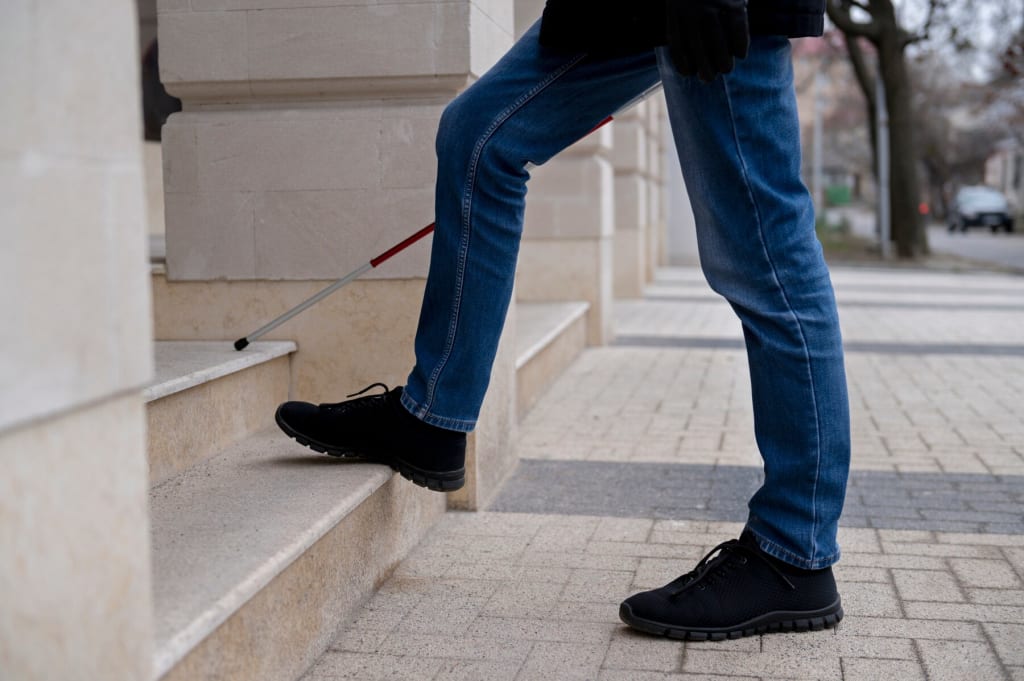The Evolution of Men’s Footwear
Throughout history, men’s footwear has evolved significantly, mirroring the broader societal shifts. Originally, footwear was primarily utilitarian, designed with a focus on durability to meet the demands of a rugged, labor-intensive lifestyle. However, as societal roles and expectations evolved, so too did the function and form of footwear. As men transitioned from physically demanding jobs to more varied professions, the emphasis shifted from sheer practicality to a blend of function and form. Today, the history of men’s shoes is woven with influences from different cultures and eras, such as the rebellious styles of the 70s and the minimalistic designs from the turn of the century, culminating in today’s market, which demands a perfect blend of functionality and aesthetic appeal.
The Importance of Comfort in Modern Footwear
With comfort becoming a pivotal factor in shoe design, there has been increased awareness about its critical role in promoting overall foot health and personal well-being. Research links proper footwear to enhanced physical health, highlighting the adverse effects of poorly designed shoes, such as skeletal misalignment and foot pain. Global trends indicate a sharp increase in the demand for comfortable, supportive footwear that can accommodate prolonged wear. As more consumers look to find some comfort in their daily routines, the emphasis on ergonomically sound and stylish footwear continues to grow. Information and insights from articles such as those found in Podiatry Today underscore the importance of this trend, pushing brands to meet rising consumer expectations by designing shoes that deliver comfort and style effectively.
Style Trends Shaping the Shoe Industry
Men’s footwear fashion continues to evolve, driven by innovative designs that merge function with contemporary trends. In recent years, versatile designs have catered to formal and casual settings without sacrificing style or comfort. The influence of streetwear has catapulted sneakers and casual footwear to the forefront of men’s fashion, offering a relaxed and stylish aesthetic that remains practical. These trends reflect a broader shift towards fashion flexibility, where shoe designs must cater to multiple lifestyle needs, allowing men to transition seamlessly between various environments and activities while maintaining a cohesive and trendy look.
Combining Style and Comfort: Technology in Shoes
Integrating technology in shoe design revolutionizes how we perceive footwear comfort and style. Advances such as lightweight materials, adaptive fits, and smart cushioning have enabled the development of shoes that deliver incredible comfort without compromising style. These technological innovations reflect a deep understanding of the human foot, ensuring that designs align with the body’s natural movements. New developments like gel insoles and breathable fabrics provide superior comfort and address foot fatigue, making them indispensable for long hours of wear. Such innovations assure consumers of a commitment to their style and comfort needs.
Key Features to Look for in Modern Shoes
For those searching for modern shoes, understanding essential features such as arch support, cushion, and material breathability is critical. These features significantly impact foot health and contribute to the overall comfort of the wearer. High-quality arch support prevents discomfort and structural foot issues by providing proper alignment, while cushioning ensures shock absorption, protecting feet from impact injuries. Breathable materials are equally important; they enhance comfort by allowing air circulation, moisture management, and temperature regulation. Focusing on these features ensures that a purchase is stylish and a benefit that supports long-term foot health.
The Role of Sustainable Materials
As awareness of environmental issues grows, consumers and manufacturers prioritize sustainability in footwear design. The use of recycled and ethically sourced materials has seen a dramatic uptick as brands address the increasing demand for eco-friendly products. Materials such as recycled plastics, organic cotton, and responsibly produced leather are being incorporated into modern shoe portfolios. This reflects a commitment to reducing environmental impact and aligning with the sustainability movement. Embracing practices like those outlined in Greenpeace’s sustainable fashion guidelines highlights a broader industry shift towards more ethical and ecologically sound production methods.
How to Choose the Perfect Pair of Shoes
Choosing the perfect pair of shoes involves thoroughly considering personal needs and lifestyle requirements. Different activities place unique demands on footwear, making it essential to select shoes that provide the appropriate support and functionality. For a good fit, it’s advisable to try on shoes later in the day when your feet are naturally more swollen to assess their comfort level effectively. Paying attention to the construction and materials of the shoe can also yield insights into its comfort level. Additionally, understanding the importance of each shoe’s design elements, such as their insole technology or outer materials, helps ensure that style does not hinder comfort or foot health.
Conclusions: The Future of Men’s Footwear
The future of men’s footwear holds promising developments as it adapts to modern consumers’ changing needs and expectations. Increased personalization, enhanced versatility, and a steadfast focus on sustainability will likely dictate the industry’s trajectory. Technological advances will continue to blur the lines between comfort and style, giving rise to innovative footwear solutions that cater to diverse consumer requirements. The industry is at the brink of an exciting era where shoes will merge fashion with function seamlessly, providing a harmonious blend that supports the demands of contemporary life. Shoppers can look forward to a future rich with possibilities, where fashion-forward and functional choices converge, setting new standards in the footwear landscape.


